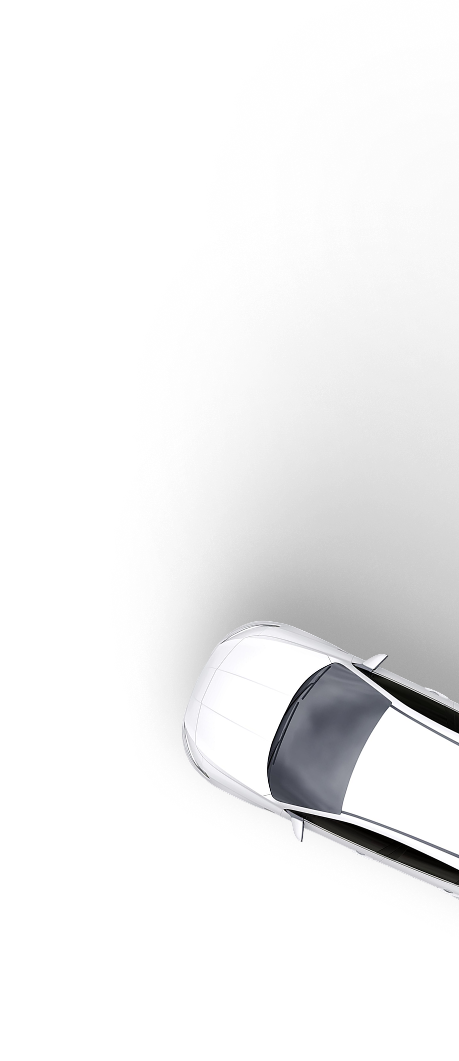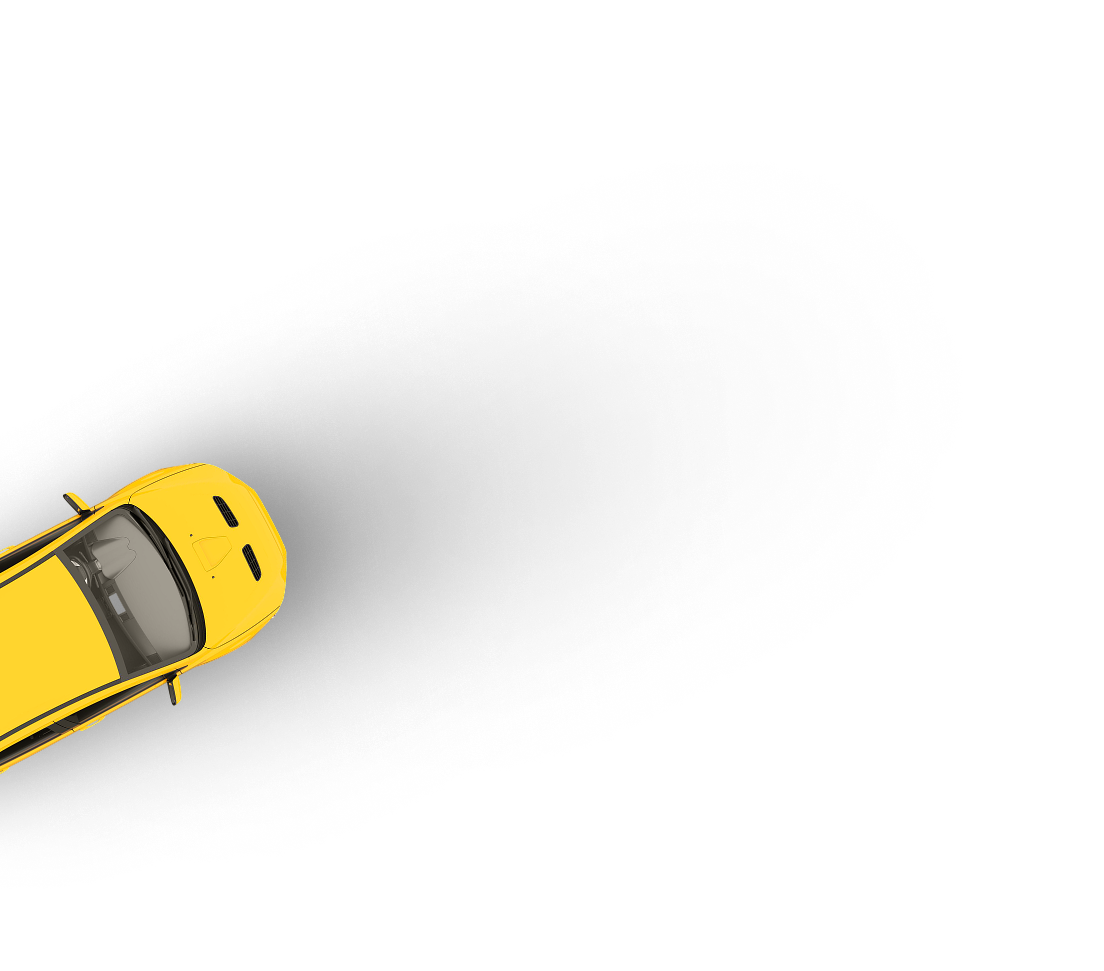Trade to trade car marketplace
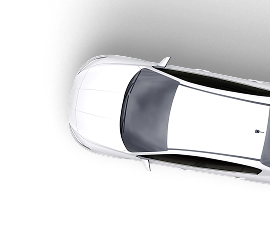
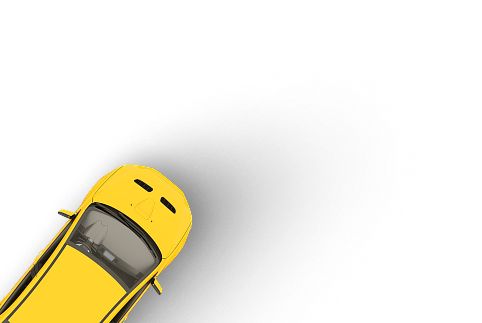
Trade-only marketplace
Flexible selling options
Maximise your profits
This guide breaks down how to estimate your car’s auction value with confidence. From vehicle condition to market demand, we’ll walk through the factors that influence sale price and show you how to make an informed valuation before listing.
Last updated: 4th August, 2025
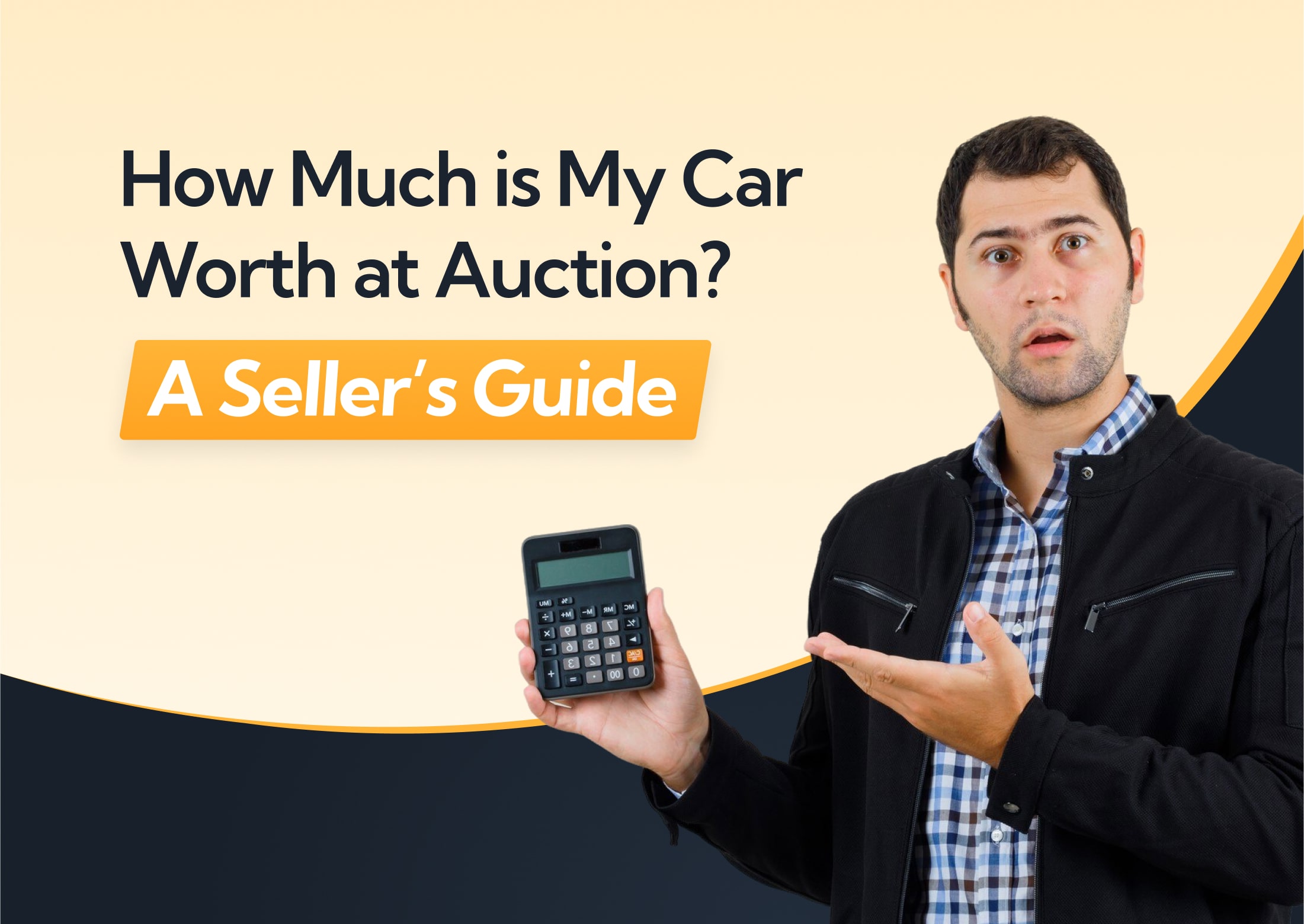
Listen to this story
Selling a car at auction is a smart move if you understand what it's worth before the bidding starts.
Whether you’re a private seller or a seasoned motor trader, having a realistic price expectation is key. Auction buyers are usually looking for value and if you misjudge your car’s potential, you risk walking away with less than it’s truly worth (or not selling it at all).
In today’s guide, we’ll walk you through the process of valuing a car, the factors going into it and how you can maximise your profits when you sell it.
Unlike fixed-price marketplaces, auctions are driven by real-time demand, which means final sale prices are somewhat unpredictable. A buyer might pay over the odds for a car they’ve been hunting for, or you might get less than expected if there’s limited interest on the day. That’s why understanding the key factors influencing your car’s auction value is so important.
Each of the following factors plays a role in what bidders are willing to pay. The more favourable boxes your car ticks, the higher its ceiling price at auction.
Certain makes and models hold their value better than others. German marques like BMW and Mercedes tend to attract strong bidding, while popular fleet or budget cars like the Ford Fiesta or Vauxhall Corsa may sell quickly if priced right. The year also matters—newer cars usually command higher prices, but classic or rare models can sometimes outperform expectations.
Buyers will inspect your car’s physical condition closely. Dents, scratches, rust and worn interiors will drive the price down. Mileage is another major influence; lower mileage (especially sub-100,000) generally means higher value. But a high-mileage vehicle can still sell well if you’ve properly maintained it and it’s priced accordingly.
A vehicle that’s been written off by an insurer, whether the damage is structural (Cat S) or non-structural (Cat N), will sell for significantly less than a clean-title car. Some buyers are open to lightly damaged repairables, but they expect a heavy discount and full transparency.
A missing V5C logbook will make most buyers drop their interest, and most auction houses won’t accept your vehicle without it. Full documentation (service history, receipts and manuals) helps prove the car’s legitimacy and boost confidence and bids. This is particularly important for auctions because prospective buyers cannot test drive the vehicle in most cases.
Cars with a current MOT and no advisories are far more appealing than those needing work. A vehicle without an MOT is considered risky and unless it’s going to a trade buyer or mechanic, it may struggle to attract strong offers.
Trends are always shifting. Petrol and diesel vehicles still dominate auctions, but hybrids and small EVs are climbing in popularity as the UK government continues to phase out diesel and petrol.
Demand also fluctuates depending on fuel prices, ULEZ rules and cost-of-living impacts. Keep an eye on what’s moving quickly at recent auctions to get a read on your vehicle’s current appeal.
Auction prices tend to rise in the first few months of the year. That’s when motor traders and dealers are actively buying stock in preparation for late-spring, early-summer retail demand. List your vehicle between January and March and you’re more likely to catch motivated trade buyers looking to replenish their forecourts.
On top of that, certain vehicles sell better at specific times of the year. Convertibles, sports cars and leisure vehicles typically fetch more in spring and early summer. 4x4s and vans may perform better in the winter. If you can time your sale to match the peak season for your type of vehicle, you’ll potentially get a better result.
Where you choose to auction your car plays a big role in the final price. Each auction format attracts a different type of buyer and warrants different expectations around condition, price and transparency.
Platforms like Trader.co.uk, Motorway, Carwow and We Buy Any Car offer a hands-off, fast-track way to sell. Your vehicle is listed online and bids are collected from a network of dealers.
These platforms tend to favour newer, retail-ready cars with clean histories. Prices are usually strong for well-maintained vehicles, but damaged, high-mileage or older cars usually get lower offers or get rejected altogether.
Platforms like eBay Motors offer more control over the sale process but come with trade-offs. You set the starting price, write the listing and manage the buyers. While you can run timed or reserve-based auctions, you're often selling to private individuals, not traders, which means more tyre-kickers, more questions and more room for deals to fall through.
That said, unique or enthusiast vehicles sometimes fetch strong money here if you market them well, especially with good photos and a detailed write-up. Just be prepared for more admin and post-sale follow-up.
Sites like BCA, Manheim and local auction houses still draw a crowd, especially from the trade. The auctions they hold attract a wide range of buyers, from large dealerships to smaller independent traders and hobbyists.
Cars in average or below-average condition often do better here than online since traders are used to buying vehicles they can recondition and flip. You might see more competitive bidding on-site, but there are also more fees to factor in.
Got a classic, modified or damaged car? Specialist auctions could be your best bet. They attract niche buyers looking for specific vehicles.
If your car fits the bill (like a pre-1990 classic, a performance model or a light Cat S/N repairable), you’ll definitely see higher bids than you would through generalist platforms. Just make sure your listing is honest and detailed, as buyers here know exactly what to look for.
Now… the audience matters. Trade-only platforms (like Trader.co.uk) restrict access to verified motor traders. That means you're dealing with professionals who know what they’re buying and won’t waste your time.
If you are an auto trader, this also eliminates most of the risks associated with selling to private buyers, like last-minute cancellations or haggling. Because our platform is application-only, listings only bring in serious buyers who are prepared to act quickly and pay fair trade value.
There’s no crystal ball for auction pricing—but there are smart ways to get a reliable estimate before listing your car.
To gauge what your vehicle might fetch, consider the following:
Let’s start with the most accessible method.
Free valuation tools from sites like Auto Trader, Parkers and We Buy Any Car can give you a fast, no-hassle estimate based on your reg and mileage. What these tools do is they pull data from thousands of recent transactions and can be useful for gauging your car’s retail and trade value range.
But remember these are general estimates, not auction-specific predictions. A valuation tool might suggest £6,500, but that doesn’t account for auction variables like condition, demand and presentation on the day. Still, it’s a solid starting point to frame your expectations. Use it to avoid underpricing your reserve or overestimating what buyers will pay.
One of the most accurate ways to estimate your car’s auction value is by looking at what similar vehicles have actually sold for. Check recent listings on auction platforms for this. Not all will allow you to see previous auction results (for example, BCA does not). But some let you filter by “sold” items using advanced features.
Look for vehicles that match yours in:
Keep in mind that auction pricing can be volatile. One car might sell high because two bidders got competitive. Another might go cheap on a quiet day. So don’t rely on a single result.
Pro tip: Look at standard non-auction listings as well if you want further data on what the market’s paying for similar vehicles, auction or otherwise.


Getting a dealer offer before you go to auction can serve two valuable purposes.
First, it gives you a baseline value. Dealers know the market and will typically offer what they’d expect to pay at auction, minus their margin. This helps you set a realistic reserve and avoid overpricing your car when it goes to the block.
Second, it gives you a guaranteed fallback. If your car doesn’t meet reserve or bids come in lower than expected, you’ve already tested the waters with someone willing to write a cheque. In some cases, the dealer offer might even beat what you’d get at auction once you factor in fees and seller commission.
Trade-in quotes, instant-buy platforms and even ringing up a local independent dealer are all fair game.
If you're selling through a professional auction house, take advantage of their experience. They’ve seen thousands of cars go under the hammer and know what sells, what doesn’t and what kind of reserve will attract serious bidding.
Most auctioneers offer a free reserve estimate based on your car’s condition, paperwork and recent market trends. This helps you set a minimum sale price that’s competitive but still protects your downside.
Think of guide prices as indicative ranges, not guarantees.
Auction houses and listing platforms often show guide prices based on similar sales or trade expectations. But final bids can land above or below that guide.
Anthony Sharkey is COO at New Reg Limited (Car.co.uk, Trader.co.uk, Garage.co.uk), driving innovation in vehicle recycling, logistics, and customer experience.
We always tell sellers not to just rely on one source when pricing their cars. Use valuation tools, compare recent sales, speak to auctioneers and even test the waters with a trade offer. It’s that mix of data that gives you a real sense of what your vehicle’s likely to fetch. And remember, auctions aren’t retail. You’re selling to people who need margin, so factor that into your expectations.
As the seller, you’re the one who sets the reserve price (usually in collaboration with the auctioneer). This is the minimum amount you're willing to accept for your car. If bidding doesn’t meet the reserve, the car won’t sell and you retain ownership.
But you aren’t always required to, which leads us to the question: Should you set one?
The answer is yes, but with caution. A well-judged reserve protects you from underselling, which matters if your car has strong retail potential. It’s a hedge against being forced into a bad deal on a quiet auction day.
That said, setting it too high will backfire. If bidders sense the reserve is unrealistic, they won’t bother bidding at all. This is why auctioneers often recommend a reserve slightly below market value to encourage momentum. Once bidding starts, buyers are more likely to compete.
Here’s the smart approach:
Before you decide to sell at auction, make sure you understand the deductions that come off your final sale price. What you see as the hammer price isn’t what lands in your bank account. You still have seller fees, VAT and additional charges to worry about.
Most auction houses charge a seller's fee. This is either a flat rate or a percentage of the final sale price ranging from around 5% to 15% (with a min and max amount)
Some online platforms bundle this fee into their process, while others deduct it after the sale. Always check the fee structure so you understand it before committing.
VAT is a common source of confusion when it comes to auctioned-off vehicles because it’s not always applicable.
Here’s how it works:
Always clarify with the auction house whether VAT applies to your listing beforehand.
You might also see charges for:
Once your car sells, the auction house will deduct fees and transfer the remaining balance to you. This normally happens within a few days. Make sure your bank details are correct and that you’ve sorted your paperwork (like the V5C) to avoid delays.
The table below offers the general price range observed at UK auctions in 2025 for different vehicle types, from vehicles needing work (low end) to those in excellent or nearly-new condition (high end). Actual prices vary by model, age and auction type, but these ranges reflect common benchmarks.
| Vehicle type | Approx. auction price range |
|---|---|
| Hatchbacks | £500–£12,000 |
| Sedans (Saloons) | £1,000–£20,000 |
| SUVs & 4x4s | £2,000–£30,000+ |
| Estate Cars | £500–£15,000 |
| Coupes | £2,000–£25,000 |
| Convertibles | £2,000–£30,000 |
| MPVs/People Carriers | £500–£15,000 |
| Vans (LCVs) | £1,000–£20,000 |
| Electric Vehicles (EVs) | £3,000–£30,000 |
| Hybrids (HEVs/PHEVs) | £4,000–£25,000 |
Note: These are averages for standard vehicles. If you’re selling a particularly rare or desirable model, it’s best to look at that on a case-by-case basis.
Bidders decide quickly based on small details. And while some things (like demand on the day) are out of your control, many sale-killing mistakes are entirely avoidable.
At Trader, we’ve facilitated the purchase and sale of thousands of vehicles, and we can tell you this: even seasoned sellers sometimes miss details that chip away at value or prevent the sale from happening in the first place.
From poor presentation to avoidable admin oversights, the difference between a £3,800 and a £4,500 result often comes down to how you prepare. If you avoid these ten issues, you’ll drum up a whole lot more demand than you would otherwise:
Since auction cars are “sold as seen”, aesthetics and documentation matter. Things like the paint job and tyres are easy fixes that will make people inclined to pay more for the same vehicle. And it should be crystal clear what kind of service and maintenance the car received because that’s what offers peace of mind in an otherwise risky play.
Once the auction closes, what happens next depends on whether your car sells or fails to meet reserve. In both cases, there are a few steps to complete. Some are automatic, others need your attention.
Congrats, your car sold to the highest bidder. Here’s what happens next:
If required, you may need to arrange handover, either in person or by releasing the vehicle to an approved courier or trade buyer.
If the bidding didn’t meet your reserve, the car is classed as unsold but the auction isn’t necessarily over. You’ll often receive a “provisional bid” offer, which is the top bid that didn’t quite meet your reserve
Keep in mind: a car that doesn’t sell the first time can still do well in a future auction—especially if you adjust the reserve, improve presentation, or time the listing better.
Depending on your car, how fast you need to sell, and how much effort you're willing to put in, other options might suit you better. If your car doesn't sell at auction or the offers come in too low, you might sell it privately, give it to an instant buying site or part exchange it at a dealer.
This usually gets you the highest sale price, especially if your car is clean, well-maintained, and retail-ready. You write the listing, take the photos, and speak directly with buyers. But be prepared because it takes time, effort and patience. You’ll deal with viewings, paperwork and potential tyre-kickers.
Services like WeBuyAnyCar, Arnold Clark and Cazoo offer fast, no-hassle sales with free vehicle collection. You’ll get less than you might at auction or selling privately, but if speed and simplicity matter more than top dollar, they’re a solid fallback.
If you’re selling to buy another car, part-exchanging cuts out the middle steps. You avoid two separate transactions and can negotiate the overall deal in one go. You may not get the best price for your old car, but dealers offer competitive valuations when it helps them close a new sale.
At the end of the day, your car is worth what someone’s willing to pay for it in that moment, and no guide can predict that with certainty.
What you can control is how well you prepare. Choose the right auction platform, present the car properly, set a realistic reserve, and understand the costs involved. Do that, and you give your vehicle the best possible shot at achieving its true market value.
Most UK auction houses pay you within 3 to 7 working days after the sale is complete and the buyer has settled. Check the specific payout terms before listing because some platforms pay faster than others.
Some will handle damaged or repairable vehicles, particularly if they’re trade-focused or specialist auctions. Make sure to disclose the non-running status upfront. You may also need to arrange transport to the auction site, as they might not collect a car that can’t move under its own power.
Trader.co.uk is the standout choice. It’s a trade-only platform, meaning only verified motor traders can bid. You can choose between auction-style listings or fixed-price trade sales, all within a trusted network. Because it’s application-only, you get a higher calibre of buyer and significantly reduce the risks of selling to the open public.
A Category S (structural damage) marker significantly reduces auction value. Most buyers expect a notable discount, even if the car has been professionally repaired. Expect fewer bids and lower ceilings compared to a clean-title car.
Not until you’ve settled the finance. You can’t legally sell a car you don’t fully own. If you want to sell a leased or financed vehicle, speak to your lender first because you’ll need to buy the car out before ownership can be transferred.
Yes, often. Even if your vehicle doesn’t sell, you may still be charged a listing fee, entry fee and/or storage cost depending on the auction house’s terms. Always check the fine print before submitting your vehicle.
Newer and older cars can do well at auctions, but for different reasons. Newer cars attract retail-focused buyers who want ready-to-sell stock. Older cars appeal to traders, hobbyists or mechanics looking for deals, even with high mileage or minor faults. Presentation and pricing matter more than age alone.
It depends on the auction house. Some auctions run entirely online. Others (like BCA and Manheim) allow in-person attendance or operate hybrid formats. Check in advance whether live bidding is an option.
